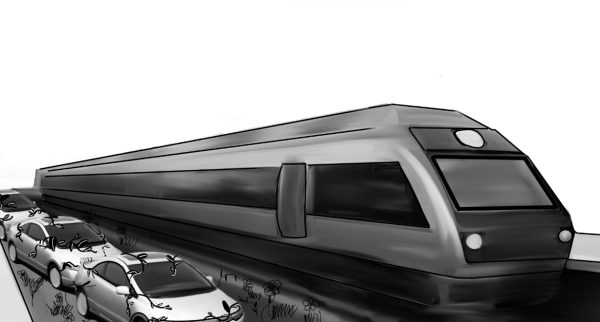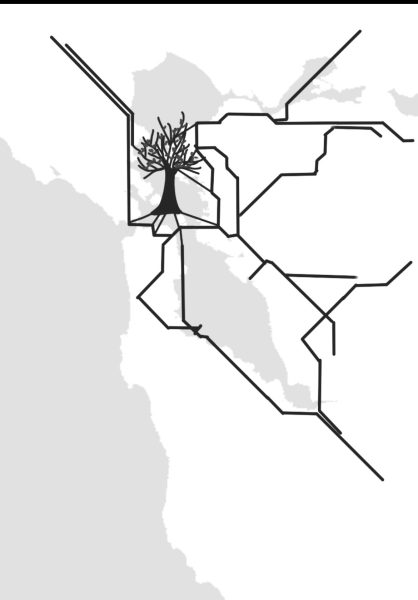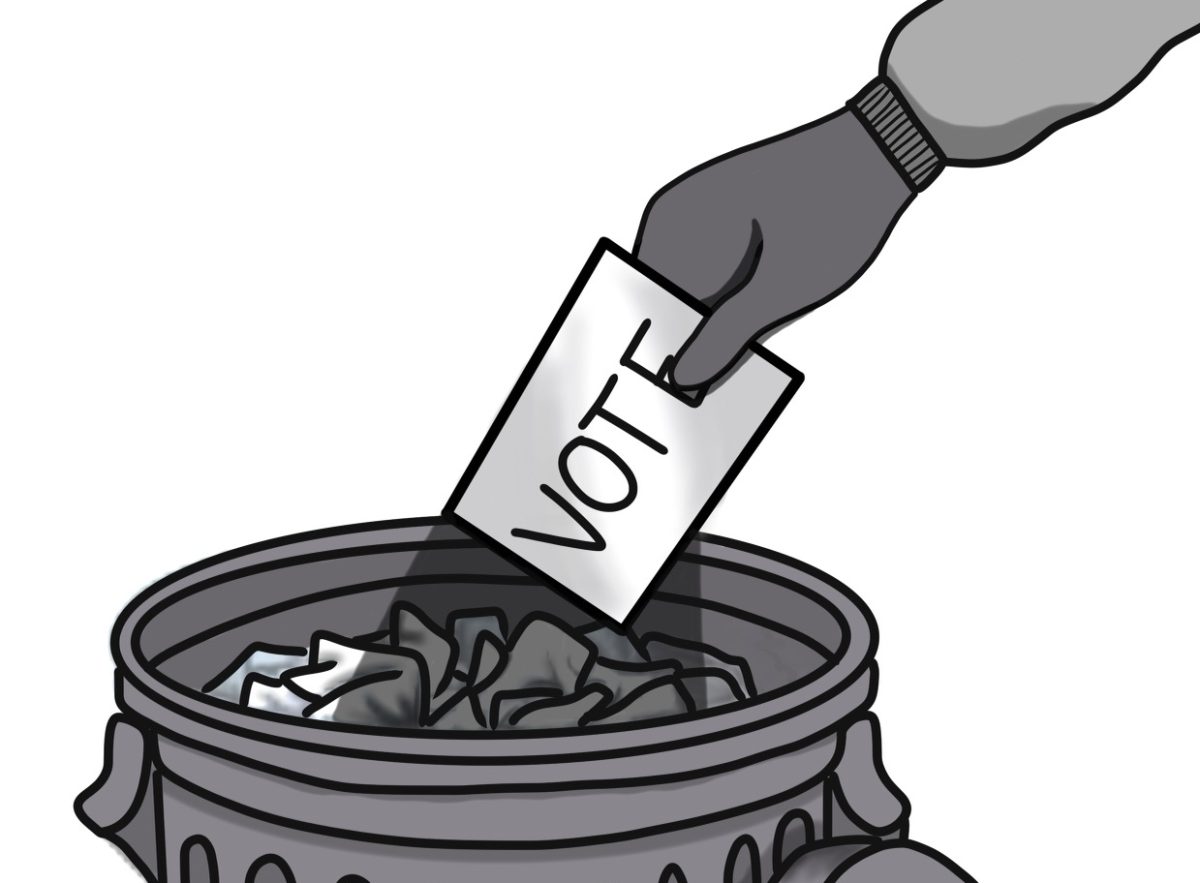The Sonoma-Marin Area Rail Transit (SMART) has been running trains 45 miles between Larkspur and Santa Rosa since 2017. It reduces carbon emissions while providing riders with a swift alternative to highway commutes. The agency aims to expand its rail route to Cloverdale with train stops at Healdsburg and Windsor. To support this project, the Biden administration is allocating $34 million to get it rolling. However, more than this, federal allocation is needed in the long run, and most local tax voters need to be made aware of the agency’s crucial role. Support from the community is essential to continue SMART’s efforts by recognizing its role in expanding public transportation for sustainable transportation.

By using 50 percent of the funding from the Biden administration to support the transfer to more green-friendly locomotives, SMART shows its mission to lower carbon emissions. SMART emits 33 percent less carbon dioxide per passenger mile than driving, and their new project is estimated to reduce emissions further.
Opponents of SMART believe that the North Bay rail service will always need more riders to make it a viable agency. Alongside an inconvenient number of stations, the transit schedule is only accommodating for some because it is fixed on a strict schedule. Thus, many voters view the train as unworthy of tax funding.
Additionally, tax voters may dismiss public transit in the Bay Area because of the diminishing relief funds granted to public transit during the pandemic. In combination with a slow regaining of riders after the pandemic and money drying up, public transportation has declined throughout the Bay Area.
SMART is the only public transit that has not fallen through the cracks, with an increase in ridership, as shown in the June 2023 ridership report, with a 62 percent increase since last June.

To make its services more accessible in terms of cost, SMART has taken measures to increase ridership. For example, kindergarten through 12th grade students could ride for free last summer, with youth aged five to 18 receiving a 50 percent discount during the school year. Additionally, SMART has been working with transportation authorities in Sonoma and Marin Counties to offer 300 electric bikes in the Marin-Sonoma Bikeshare Pilot, allowing passengers to get from the train to their destination more quickly. SMART and its partner agencies also built 25 miles of pathway along the railroad for pedestrians and cyclists that continues to grow, making it efficient for commuters to access the train. With the environmental and economic support that SMART grants the public with accessible ridership, it has never been more critical for Redwood students to understand the significance of SMART.
If students relied more on the youth-supportive SMART train service, it would expand its usefulness and offer a viable alternative to highway travel.
Additionally, Redwood students should utilize the SMART train to enhance their well-roundedness and independence. For example, according to BMC Public Health, the use of public transportation can increase physical activity, which promotes an individual’s health. Additionally, the National Association for State Community Service programs state that public transportation promotes self-sustainability and fosters independence.
Furthermore, a reliance on public transportation supports the economic diversity of the Bay Area, and taking the SMART train can strengthen local economies with increased rider activity near stations. Riding the SMART train is a crucial and green way to support and explore the community while embarking on personal journeys throughout the wonders of the Bay Area.



















